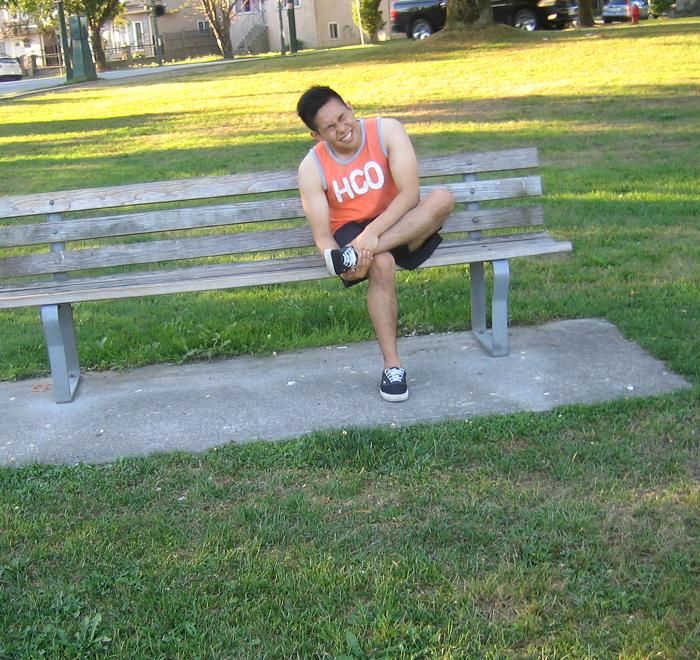Bunions or hallux valgus are malformations of the toe joint near your biggest toe. These often go unnoticed until a person realizes that their large toe is pointing towards all the other toes on the same foot. There are other indicators of bunions-these include:
- At first, a lump which is found out the outside of the foot
- Inflammation and discomfort in the joint
- Lastly, hardening, rigidity, and redness where the bunion is located
A visit to your GP is highly recommended when you notice any signs of a bunion; as left untreated the discomfort and pain will worsen and could lead to needing surgery.
Causes
Generally, there is no actual scientific proof as to what causes bunions although it passes on through generations.
Medical experts have found a few other causes which include:
- Wearing ill-fitting shoes
- Joints that have an abnormal shape
- Lastly, extreme pain due to rheumatoid arthritis and gout can affect individuals with bunions.
Symptoms of a bunion
Some of the symptoms that you may notice are hardening of the skin at the base of the large toe, extreme sensitivity, a thin, skeletal like lump, redness, and rawness, the affected part of the foot becoming hot upon being touched or pressure being applied.
Forms of treatment
Non-surgical forms of treatment are usually recommended by specialists before surgery is even considered. These treatments can include:
* Wearing of bunion pads on the affected area
* Taking some form of pain relief
* Insoles can be helpful by making wearing shoes a little bit more comfortable
If after try the above treatments and finding they are of no help, your doctor may suggest surgery to be the best option. The type of surgery depends on certain factors such as age group and type of symptoms you are experiencing.
Many difficulties can arise from deciding not to seek treatment for your bunion. If not given treatment, there could be increasing pain and general worsening in many of the symptoms. Surgery will then become a necessity. As with any surgery, there is always a small possibility that problems can arise after the operation. Usually, this is very rare and only happens in about 10% of cases. Some of the issues that can arise are:
* Excruciating pain close to the ball of the foot
* Constant discomfort and inflammation
* Toe joints which are no longer flexible
* A slow healing process
* Damaged nerve endings in areas of the foot
Related Video
FACT CHECK
https://www.webmd.com/skin-problems-and-treatments/ss/slideshow-about-bunions
https://orthoinfo.aaos.org/en/diseases–conditions/bunions/
https://www.mayoclinic.org/diseases-conditions/bunions/symptoms-causes/syc-20354799

